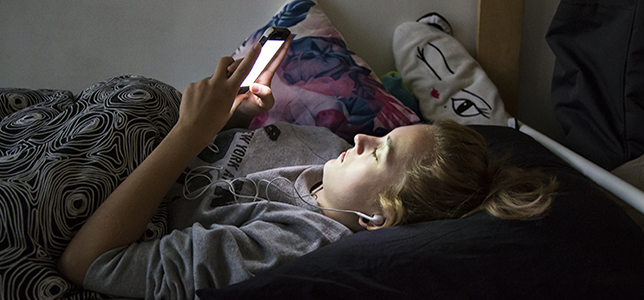Beginning in funding year 2024, K–12 school districts may use E-rate funding for school bus-based Wi-Fi, connecting students on long bus rides — and, in some districts, connecting students in homes with no internet service — just as the Emergency Connectivity Fund expires.
Personal computing device (PCD) shipments are looking stronger than expected for 2019, and smartphone deliveries are expected to bump up in 2020, according to two separate analyses.

A new presidential administration and changes at the Federal Communications Commission (FCC) have raised questions about the E-rate program, yet recipients and applicants continue to rely on the federal subsidy program, according to a nationwide survey conducted by Funds for Learning, an E-rate compliance firm.

Texas school districts worked with networking solutions provider D-Link to prepare a technology plan and upgrade their networks to support digital learning initiatives long-term — while maintaining their budget.

Millennials are more likely to ditch broadband and just use their smartphones at home, while older generations prefer a broadband connection, according to a new survey from ReportLinker Insights.
Mobile Beacon, an organization that connects nonprofits, schools and libraries to the internet, has chosen Chelsea District Library in Chelsea, MI and Bartram High School in Philadelphia, PA as the recipients of its Wi-Fly Lending Launch Kit grant for educators. These grants provide 25 laptops, 25 4G LTE mobile hotspots and free, mobile, unlimited 4G internet access for one year to each organization.

As the superintendent of Coachella Valley Unified School District, Darryl Adams spearheaded a bond measure that funded a 1-to-1 iPad initiative for 20,000 students. But that was just the beginning.
In consultation with the FCC and in response to a request from the country’s largest school districts, the Universal Service Administration Company has extended the E-rate application window for this fiscal year by three weeks.
Fayette County Schools in Georgia will provide its economically disadvantaged students with free wireless Internet service at home in an effort to close the district's digital divide.